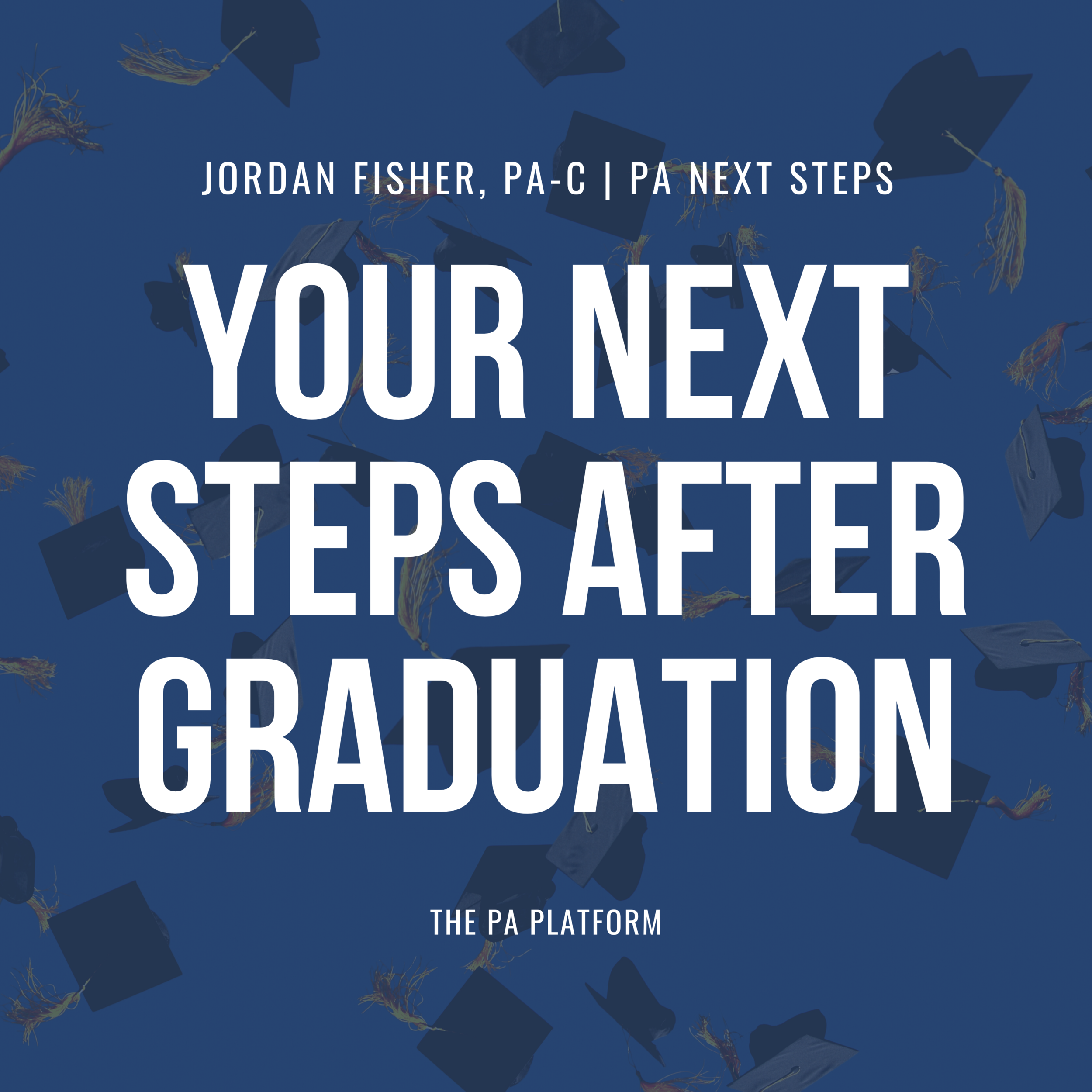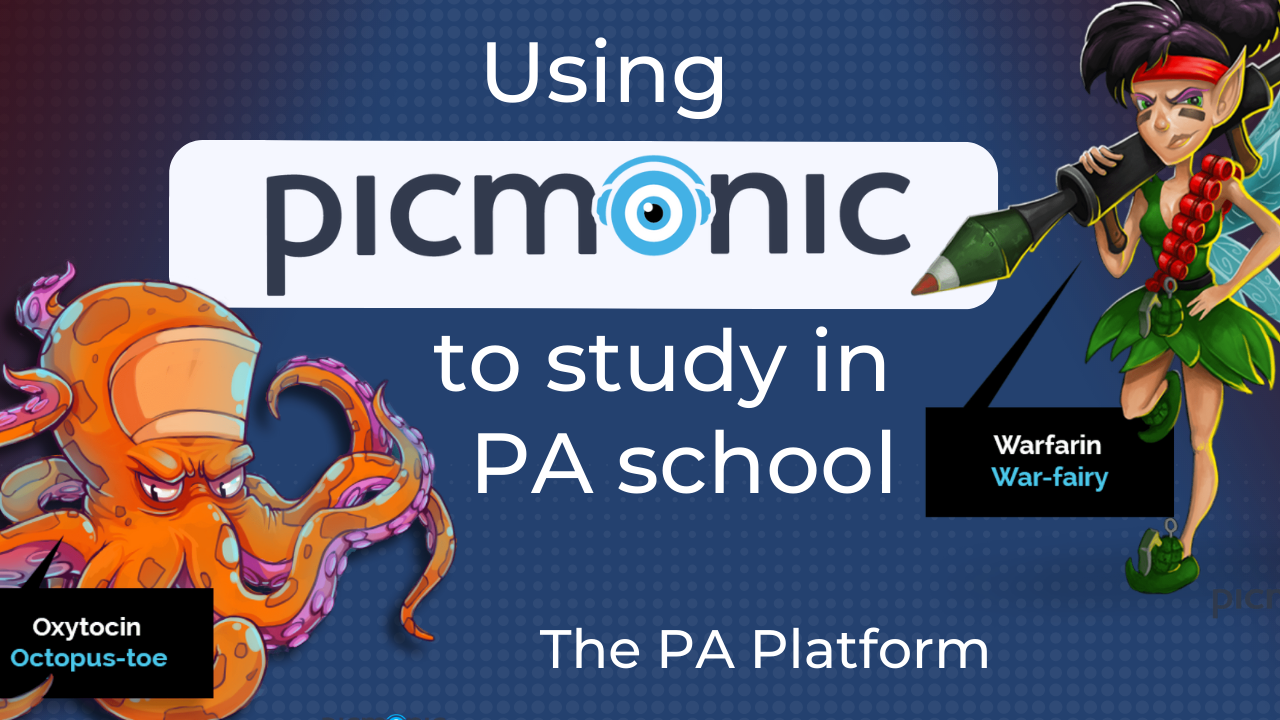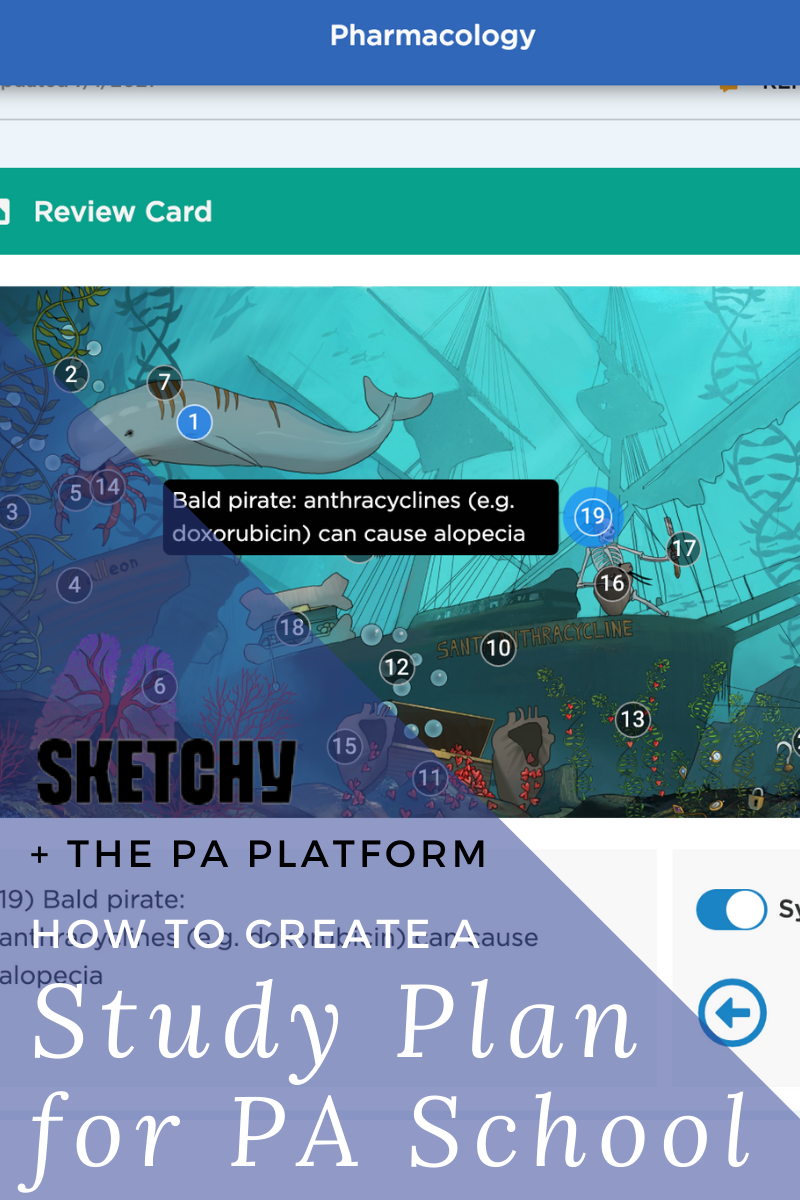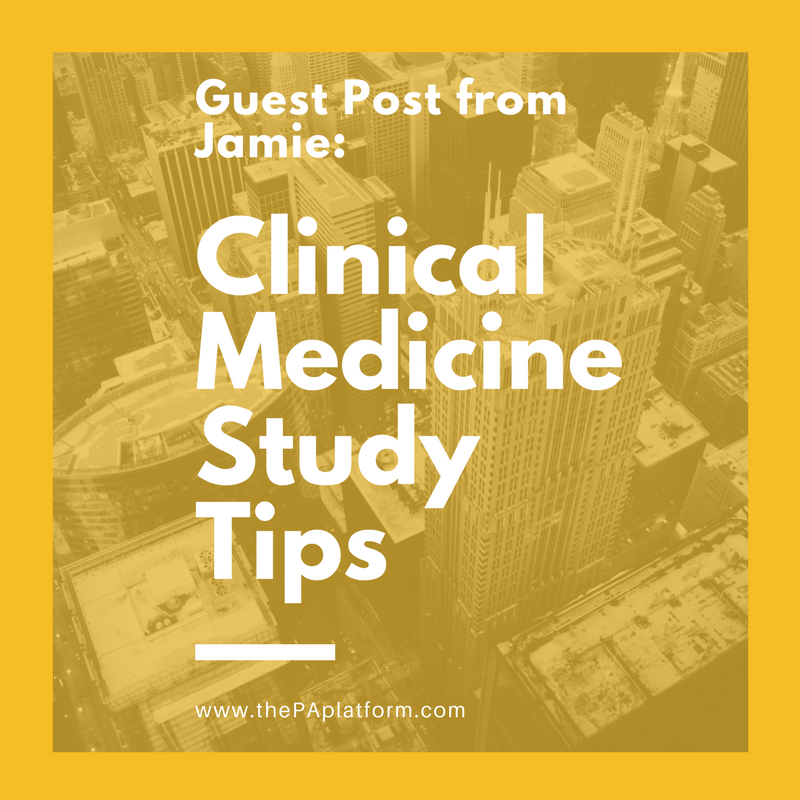Hello all, it’s so nice to have you all reading my words again!
First and foremost: if you haven’t already visited Dose of PA’s blog about clinical rotations and end of rotation (EOR) exams, I suggest you start there. Now you’re probably wondering, “Okay Jamie, you’re just going to send us to Paul’s blog? Why do I even need you? I can Google that.” That’s fair, but my man Paul’s blog was last updated August 2016. As you know, we are in 2018. That means there are roughly two years worth of updates to share with you here. So read the above and then we’ll catch up together!
Now most importantly, there have been updates to PAEA’s exam content. The core end of rotation (EOR) exams are still the same: emergency medicine, family medicine, general surgery, internal medicine, pediatrics, psychiatry & behavioral health, and women’s health. The blueprints and topic lists can be found here. A blueprint is the exam breakdown – it tells you the subtopics (e.g. cardiology, gastrointestinal) and what percentage of the exam that topic takes up. The topic list is self-explanatory; it’s the topics covered on the exam – an outline of every disorder/disease covered. With these tools, there is some strategy when it comes to studying for these exams.
Your primary focus should be to study the most high-yield information. For most of these exams, that means cardiology, pulmonology, and orthopedics (which mimics the physician assistant national certification exam (PANCE) as well). One notable exception is surgery which focuses 50% on gastrointestinal. Using this information to your advantage, you know that by studying GI for surg, you’re ready for half the exam.
In my opinion, the best way to do this is to cover the details of each item on the topic list in whatever method works for you. I always suggest podcasts for passive studying (car rides, cleaning, taking a walk) and outlines or flashcards for active studying. I cover the presentation, diagnostic testing/imaging needed, treatment, and “misc notes” which is typically epidemiology and occasionally pathophysiology. I’ve found that knowing the epidemiology is helpful to recognize a case study based on the patient’s profile – it can help you narrow the diagnosis by considering the question is about a middle-aged man, for example, or a post-menopausal woman. Otherwise, the best bang for your buck is signs and symptoms (buzzwords), labs, imaging, and treatment. You don’t need to stress about second-line, third-line treatments. Don’t spend three days trying to understand idiopathic thrombocytopenic purpura when it’s only 1 topic out of 10 in the hematology category and hematology is only 3% of the exam! This again goes back to strategy.
There are many different podcasts available which I like to listen to on my commutes; I made playlists ahead of time to lump high-yield topics together so they’d auto-play on my rides. For most rotations, that was Brian Wallace’s Physician Assistant Exam Review Podcast. I like to edit his MP3s in iTunes to have the tracks auto-start after the 3-5 minutes of “updates” regarding his other activities (book and website stuff) – because frankly, I don’t care about that stuff. For emergency medicine, I listened to EM Basic Podcast by Steve Carroll, DO, which is actually geared toward clerkship and residency for medical students/physicians. He frequently has guest lecturers and sometimes that person is a PA-C which is awesome. His episodes feature commonly seen ER complaints (and can be sped up and understood at 1.5 speed).
There are several books I bounce between to study from; I shared most of these in my guest blog “Clinical Medicine Study Tips."
To understand the pathology:
For buzzwords/pearls/mnemonics:
Lastly, SmartyPANCE (by The PA Life) is becoming more and more worth the membership cost. Not only are there tons of topics, flashcards, videos, and practice questions, there is an all new section for EOREs. He is slowly, but surely, adding practice exams for the end of rotation exams. So far this includes surgery, women’s health, emergency medicine, pediatrics, and family medicine. Trust me when I say these are VERY reflective of the PAEA EOR Exams. Sometimes it seems like the questions might even come from the same bank, if you catch my drift. These are an awesome way to spend your last week of the rotation. Study throughout, take the practice test, and go to your exam feeling confident and ready. If you’re more into printed pages and physical books, there is a decent PANCE question book by Lange (Lange Q&A Physician Assistant Examination) as well as a question book by Dwayne Williams, the author of PANCE Prep Pearls (PANCE PANRE Question Book). Lange is split up by topic (cardiology, GI, pulm, etc.) while the PPP companion is more general PANCE practice questions.
I think that about covers it; end of rotation exams are a good way to prepare you for the PANCE so learning some strategy to study for them is an important piece of PA school. Best of luck studying and enjoy your clinical rotations!




















